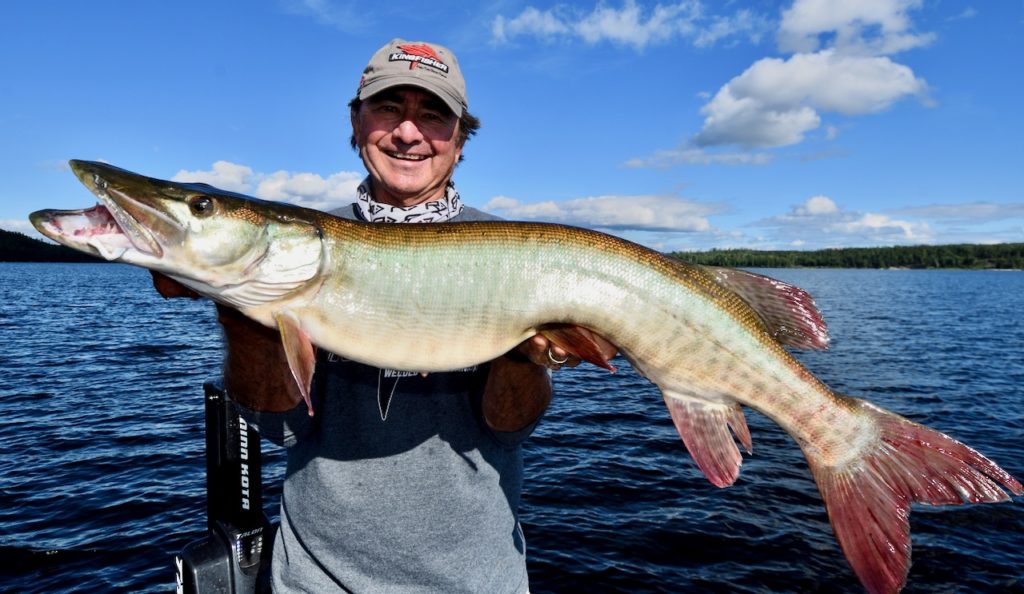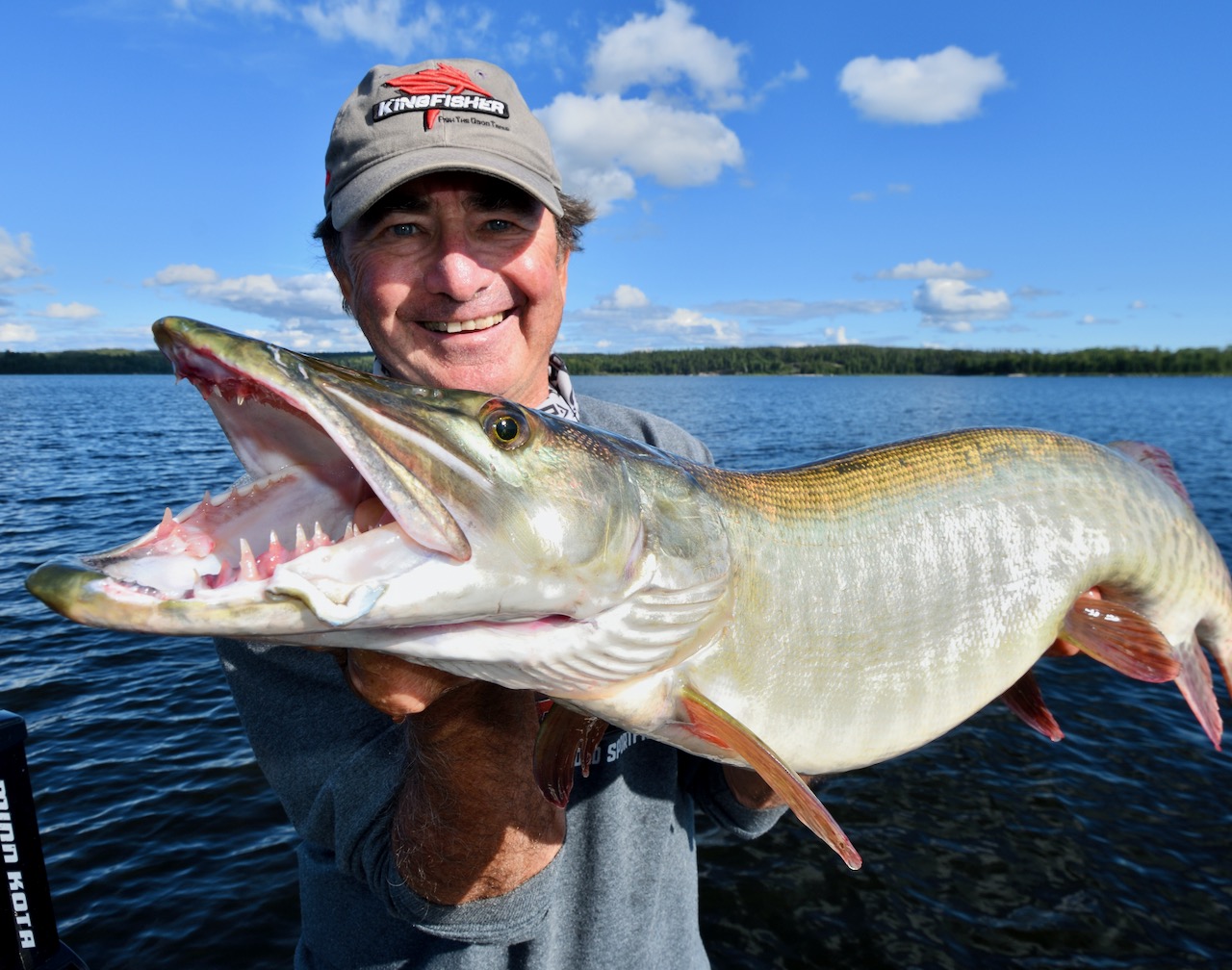Go figure
How to master one of muskie fishing’s most essential tactics
Advertisement
During the muskie-fishing renaissance of the 1980s and ’90s, you would catch at least 75 per cent of your fish on a straight retrieve. As for the other 25 per cent—the slowpokes and laggards—you would catch them by making a large figure eight (or oval) in the water at the side of the boat with your lure. Today, with the increase in muskie-fishing pressure and the prevalence of catch-and-release angling, the stats are reversed. So, anyone muskie hunting these days better know how to hook the lookers with a figure eight.
First, always assume the fish of a lifetime is following your lure on every cast, and that you’re only going to hook it when you sweep your lure alongside the boat and into a figure eight. If nothing else, remember this: you waste a cast if you abruptly pull your lure out of the water at the end of the retrieve.
Advertisement
Time was, I’d get my angler guests to practise making figure eights before we even left the dock. I soon discovered, however, that getting them to make a figure eight rarely worked out as planned during the adrenaline-fuelled moment of decision. So, now I have my guests incorporate the manoeuvre on every cast, making it a fixed part of their retrieve. Even then, the first time most anglers spot a big toothy critter trailing their lure, their eyes bug out and their knees tremble.
THE TECHNIQUE
Always remember that muskies are long—the ones I typically want to catch exceed 50 inches—so don’t cramp their style by making a small figure eight or oval. Go big instead to make it easy for the fish to turn and chase down your bait. That is where nine-foot rods shine, especially if you’re positioned properly at the side of the boat (if you’re in the centre of the casting platform, you can’t bring the rod’s entire length into play).
Advertisement

Another key part of the game is being able to recognize when a muskie is about to strike. I love it, for example, when a giant pops the tips of its dorsal and tail fins out of the water like a shark as it bulges the surface behind my bait. On the other hand, if I spot the fish trailing well below and behind my lure, I know I’m going to have to work for it.
The biggest follower I hooked this past season trailed my surface bait that way, but by spotting it early halfway into my retrieve, I was able to get down on my knees and plunge the rod so deeply my hand was in the water. That put the bait right in her wheelhouse, and she picked up the pace slightly as I pulled it alongside the boat. Then as I swung into the first turn, I hesitated ever so slightly and she lunged, inhaling the lure.
Advertisement
Many anglers will tell you I was lucky because surface baits are the worst lures for enticing followers, but I disagree. The problem in this particular case is that most folks either go into the figure eight with the lure still on the surface, or they only take it under a few inches. Instead, you need to quickly get the lure down deep as though it were a panic-stricken creature fleeing for its life. Then it’s the directional changes on the turns that will trigger the trailing muskie to flare its gills, lash out and devour the bait.
In general, the outside turn on a figure eight or oval is the pivotal moment for most strikes, so get your lure up or down to the depth the fish is at and keep your turns as wide as possible. Remember, every bait responds differently when you make a figure eight, so be sure to know your lure’s particular idiosyncrasies before a big fish appears.
Finally, never give up on a follower, even if it appears to have vanished—it’s likely under the boat watching, so keep making figure eights and hang on tight. Do it all right, and three out of every four muskies you catch will come on a figure eight.
Catch Gord Pyzer on the Outdoor Journal Radio Show on the fan 590. See www.odjradio.com for times.

